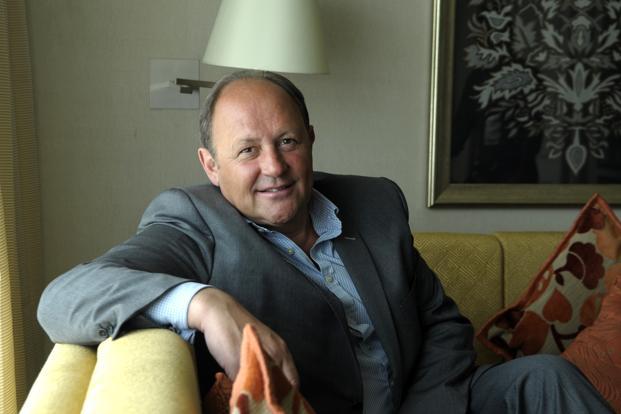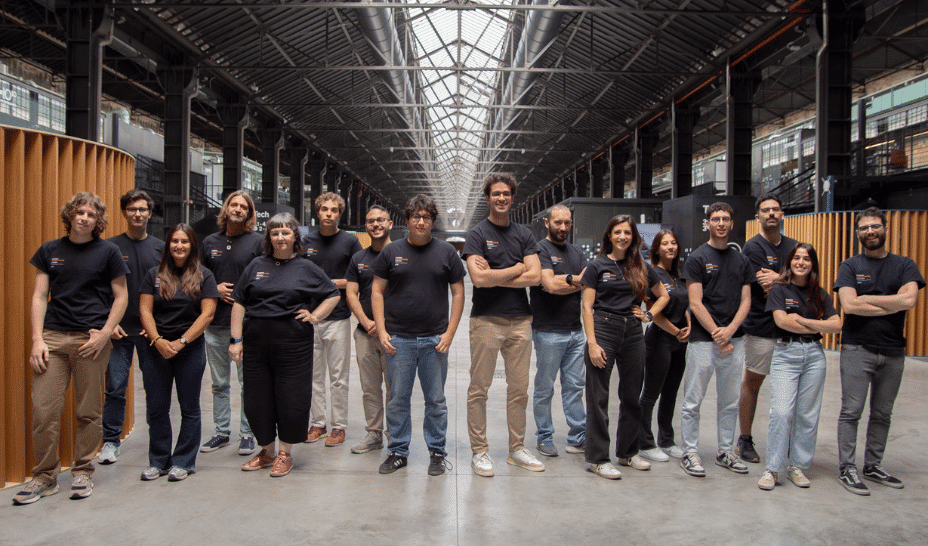UW pulls the plug on anchor research building in planned Seattle innovation district
The University of Washington and a prominent developer have abandoned plans for Brightwork, a facility for research and business tenants that was meant to anchor an ambitious 69-acre innovation district abutting the UW’s main campus. Wexford Science + Technology was to build the 11-story structure that would serve as a cornerstone of the larger Portage Bay Crossing redevelopment. The firm has already built 16 similar “knowledge communities” in partnership with academic and research institutions across the U.S. In January 2024, the two parties expected to start construction on Brightwork in the following couple of months. Instead, a little more than… Read More


The University of Washington and a prominent developer have abandoned plans for Brightwork, a facility for research and business tenants that was meant to anchor an ambitious 69-acre innovation district abutting the UW’s main campus.
Wexford Science + Technology was to build the 11-story structure that would serve as a cornerstone of the larger Portage Bay Crossing redevelopment. The firm has already built 16 similar “knowledge communities” in partnership with academic and research institutions across the U.S.
In January 2024, the two parties expected to start construction on Brightwork in the following couple of months. Instead, a little more than a year later, the UW and Wexford quietly scuttled the effort.
“Due to significant shifts in the broader economy, changes in the university funding landscape and evolving market conditions in Seattle since the project’s selection in 2021, the University of Washington and Wexford Science & Technology have jointly decided not to move forward with the development of the Brightwork (W27) building at Portage Bay Crossing at this time,” reads a project update posted on Feb. 28, 2025.
Neither the UW nor Wexford provided further details on why the project imploded. But university-wide financial worries had been mounting over time.
In early January, the UW’s Office of Finance, Planning and Budgeting launched Together We Thrive, outlining a strategy for belt-tightening across its campuses. The UW is a huge recipient of federal research funding, which faces potentially deep cuts under President Trump’s administration. That would compound existing financial strains and the impacts of Washington state’s budget crisis.
By the end of January, the university’s provost issued an email asking colleagues to look for places to cut spending in hiring, travel, training and other areas. Days after Brightwork was publicly cancelled, the UW’s president and provost told their direct reports to “implement the first stages of significant University wide financial risk mitigation efforts now.”
The ambitious, capital-intensive project was off the table.

A vision for Portage Bay Crossing
While Brightwork was spiked, university officials say they’re holding on to the dream for Portage Bay Crossing, which has been in discussion for more than a decade. The plan is for a walkable urban hub with buildings for academic research across disciplines and space for startups and companies. It would feature housing and a large park, as well as retail shops and restaurants.
The broader community had welcomed the redevelopment. The area currently includes a hodgepodge of housing and university buildings that are old and underutilized. It includes 19 building sites and the possibility of 3 million square feet of new structures.
“The UW remains committed to fostering innovation and cutting-edge research. To this end, we continue to monitor market conditions and evaluate the long-term potential of Portage Bay Crossing,” spokesperson Victor Balta said via email.
Wexford likewise hopes to be part of the project someday.
“Wexford remains steadfast in its vision of combining the UW’s cutting-edge research with commercial tenants to create a dynamic and collaborative ecosystem adjacent to the university campus and look forward to future opportunities to advance this mission in alignment with the UW,” the company stated in the project update.
Plans for Brightwork
UW and Wexford named Brightwork after the nautical term for the varnished wood and polished metal on boats, as well as an allusion to high-quality research and entrepreneurship the project aimed to foster.
The plan was for Wexford to build the facility and lease the property for 80 years, after which the building would revert to UW ownership. Wexford declined to give a cost for the project, but a 2022 UW document put the construction at $252 million, with the UW spending about $71.8 million to pay for tenant improvements to address its specific needs for the space.
The university planned to rent about one-third of the 345,000 square-foot building for research programs including the Washington Clean Energy Testbeds, the Institute for Protein Design and the Brotman Baty Institute for Precision Medicine.
Balta said no other tenant agreements had been reached.
The project’s earlier progress was slowed due to a legal challenge from another developer who lost its bid for Brightwork. Alexandria Real Estate Equities filed suit against the UW in 2021, alleging the university’s process for selecting a developer was unfair. A judge ruled in favor of the UW in 2023 and an appeals court upheld the decision.
The Washington Clean Energy Testbeds was supposed to move its entire operations into Brightwork, which was expected to take two years to build.
In October, the energy program announced plans for a lab expansion in its current facility that involve repurposing a storage space for research. The project was slated to cost $7.5 million, funded by the state’s Climate Commitment Act. A public opening is being planned for later this summer.





![Is ChatGPT Catching Google on Search Activity? [Infographic]](https://imgproxy.divecdn.com/RMnjJQs1A7VQFmqv9plBlcUp_5Xhm4P_hzsniPsfHiU/g:ce/rs:fit:770:435/Z3M6Ly9kaXZlc2l0ZS1zdG9yYWdlL2RpdmVpbWFnZS9kYWlseV9zZWFyY2hlc19pbmZvZ3JhcGhpYzIucG5n.webp)






























































































































































































